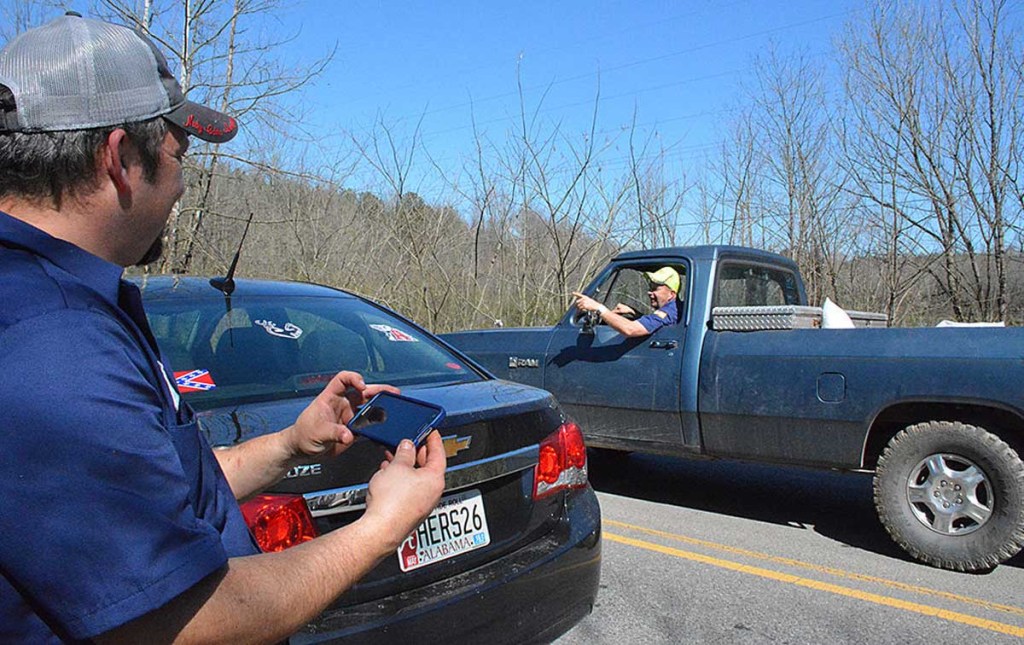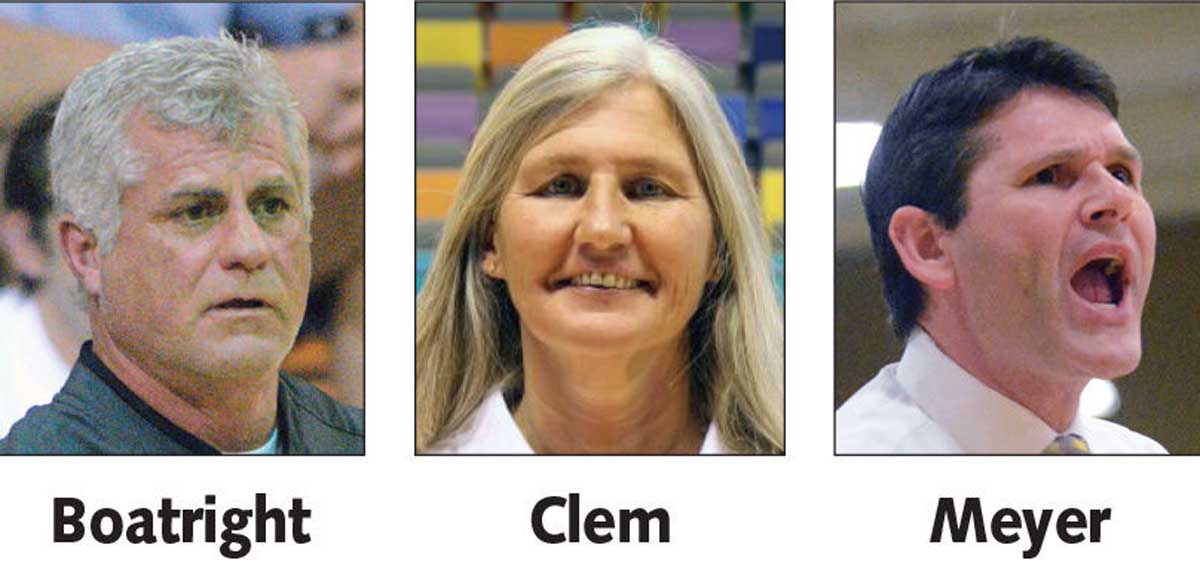Alligator residing in swamp near American Proteins
Published 5:15 am Wednesday, March 16, 2016

- Onlookers stop to get a photo of an alligator just off County Road 508 nearby American Proteins.
An alligator has taken up residence in a swamp off County Road 508 nearby American Proteins, and it’s soaking up its share of the sunshine and local limelight.
The gator was reportedly spotted last week by an employee traveling the road that is surrounded on both sides by dense marshes, half way between Garden City and Colony. Now, the alligator, which is estimated to be between 5-6 feet long, stops traffic, with employees slowing down to spot it sunning itself on a dam within sight of the road.
Photos of the alligator quickly migrated to social media, and from there, a star was born. But while many may be eager to wade into the murky waters, past the posted “no hunting, no trespassing” signs, to get an up-close look or even feed the apex predator, wildlife officials are cautioning residents to leave the alligator alone.
“It’s not going to hurt anyone and poses no threat or danger, but if people continue to go out there, feed it and look for it at night with flashlights, it’s going to get used to humans,” said Jonathan Bartlett, conservation enforcement officer with the Alabama Department of Wildlife and Freshwater Fisheries. “Then we have a problem. We’ll either have to relocate it, which will be very difficult because there’s not really a suitable place around here, or euthanize it.”
Alligators are naturally leery of humans, but they will easily overcome their shyness if food is offered. The most dangerous alligators are those that have come to associate humans with a food source.
Bartlett said alligators have turned up in Cullman County before, but they are still very rare. In most instances, an alligator was kept illegally as a pet and turned loose into the wild. Bartlett said he will continue to monitor the alligator, and anyone caught feeding it, shining flashlights on it at night from the road and attempting to catch or kill it will face charges and hefty fines.
“People just need to leave it alone,” he said.
Alligator mississippiensis, the scientific name for the American alligator, was expected to go extinct after decades of overhunting and dwindling suitable habitats. In 1967, the alligator was classified as endangered, and the passage of the Endangered Species Act of 1973 prohibited alligator hunting, according to the U.S. Fish and Wildlife Services. In 1987, 20 years after making the endangered list, the American alligator had recovered and the species was removed from the endangered list by the Fish and Wildlife Service.
Since alligators resemble declining species such as crocodiles and caimans, they remain classified as “threatened due to similarity of appearance.” Alligator populations in southern Alabama have rebounded so much that in 2006, the state reintroduced an abbreviated gator-hunting season.
In August 16, 2014, Thomaston resident Amanda Stokes and her party (John Stokes, Savanah, Kevin and Parker Jenkins) hauled in a 15-foot, 1011.5-pound gator from the waters near Millers Ferry. It is the largest gator to come out of the West-Central region of Alabama during a regulated alligator hunt.
Alligators are mostly found in the coastal and inland waters of the Mobile Delta, but have lately been spotted as far north as the Tennessee and Elk Rivers. They prefer water that is 80-92 degrees, but adults can survive winters where the temperature drops well below that range, according to the state.
In 1979, 55 alligators from southern Louisiana were released at Wheeler National Wildlife Refuge to help the then-endangered species thrive and to help control the beaver population, Bill “Gator” Gates, wildlife biologist at the Wheeler National Wildlife Refuge, told The TimesDaily in Florence in 2008.
Before their official introduction, alligator sightings at the Wheeler refuge date back to 1964, though in the 1975 tome “The Reptiles and Amphibians of Alabama” the range of alligators was noted not to extend in the northern half of Alabama.
During the early months of spring, adult males leave their marshy habitat and cross surprisingly large expanses of land to another body of water in search of a mate, according to the state. As the males move to new breeding turf, they are likely to wander across areas populated by humans. It is likely instances of alligators turning up in swimming pools and golf course ponds are cases of males on the hunt for a mate.
Perhaps, Cullman County’s alligator is simply looking for love, too. Just in the wrong place.





